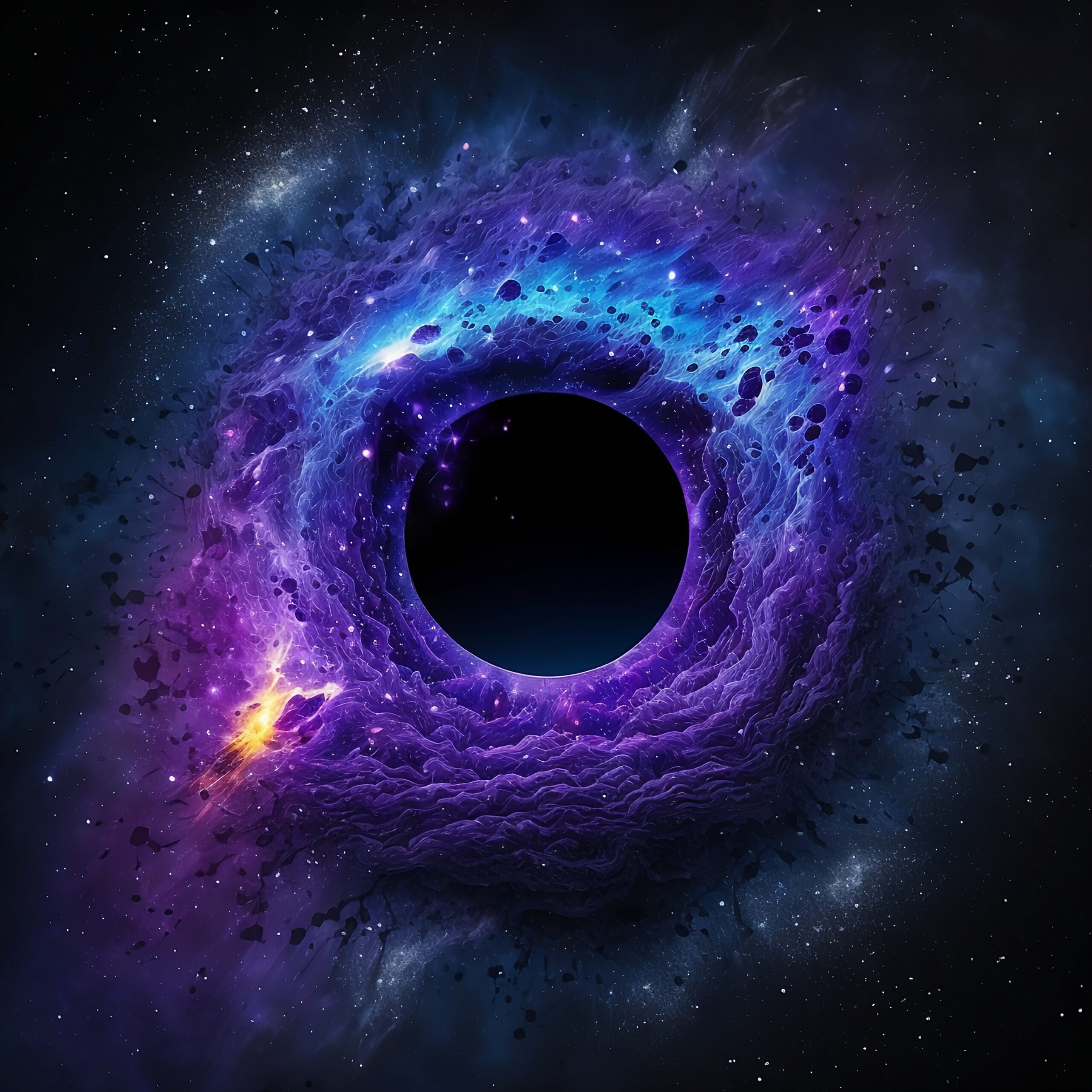Introduction
Solar eclipses are one of nature’s most amazing sights, fascinating people for thousands of years with their stunning beauty and mystery. A solar eclipse happens when the Moon moves between the Earth and the Sun, creating a shadow that temporarily blocks sunlight. This event transforms the sky dramatically, turning day into a strange twilight and revealing the Sun’s corona—the outer layer of the Sun that we usually can’t see because of its brightness. This creates a view that feels almost magical.
Because solar eclipses are rare and beautiful, many people around the world want to see them. This guide will explain what solar eclipses are, how they occur, and most importantly, the safest ways to enjoy this incredible event.
What is a Solar Eclipse
A solar eclipse occurs when the Moon moves directly between the Earth and the Sun, blocking sunlight and casting a shadow on Earth. This special alignment can create a stunning display in the sky, where the Sun is either partially or completely hidden from view.
Types of Solar Eclipses
Total Eclipse: In a total solar eclipse, the Moon completely covers the Sun. This reveals the Sun’s corona, or outer atmosphere, and turns day into an eerie twilight. Total eclipses are rare and can only be seen along a narrow path on Earth.
Partial Eclipse: During a partial eclipse, only part of the Sun is covered by the Moon. The Sun looks like a crescent shape, and it doesn’t get completely dark.
Annular Eclipse: An annular eclipse happens when the Moon is farther away from Earth in its orbit, making it appear smaller than the Sun. In this case, the Moon doesn’t fully cover the Sun, so you see a bright “ring of fire” around the edges.
Hybrid Eclipse: A hybrid eclipse is a rare type that changes between a total and annular eclipse along different parts of its path. Depending on where you are on Earth, you might see it as one type or the other.
Why Solar Eclipses Occur?
Solar eclipses happen because of the precise alignment of the Sun, Moon, and Earth. The Moon’s orbit around Earth is tilted by about 5 degrees compared to Earth’s orbit around the Sun. This means that during most new moons, the Moon passes above or below the Sun from our perspective, and no eclipse occurs. However, about two to five times a year, the orbits align just right, allowing the Moon to pass directly in front of the Sun and create an eclipse.
A solar eclipse happens in several stages, each offering its own amazing sights. These stages go from the beginning of the eclipse, through its peak, to the end.

Page URL: https://commons.wikimedia.org/wiki/
Attribution: Tomruen, CC BY-SA 4.0 https://creativecommons.org/licenses/by-sa/4.0, via Wikimedia Commons
What Are the Different Stages of a Solar Eclipse?
Stages of a Solar Eclipse
First Contact (Beginning):
This is the start of the eclipse when the Moon’s edge first begins to cover the Sun. During this phase, a small “bite” appears on the Sun’s surface as the Moon moves across it. Gradually, more of the Sun gets covered, leading up to the maximum eclipse.
Maximum Eclipse (Totality or Peak Phase):
In a total eclipse, this peak phase is called totality, when the Moon completely covers the Sun. This only happens along a narrow path and lasts for just a few minutes at most. During this rare moment, the Sun’s corona—a faint, wispy halo of solar plasma—becomes visible around the Moon, creating a breathtaking view.
In an annular eclipse, where the Moon is too far from Earth to cover the entire Sun, you see a glowing “ring of fire” around the Moon. In a partial eclipse, there’s no total or annular effect, but the Moon continues to cover part of the Sun until it reaches its maximum coverage.

Page URL: https://commons.wikimedia.org/wiki/
Attribution: Masaru Kamikura from Japan, CC BY 2.0 https://creativecommons.org/licenses/by/2.0, via Wikimedia Commons
Last Contact (End):
This final phase occurs as the Moon starts to move away from the Sun, gradually revealing more of it until the eclipse ends completely, and sunlight returns.
Unique Eclipse Phenomena
Baily’s Beads: As totality approaches, you might notice small points of light around the Moon’s edges, called Baily’s Beads. These occur because the Moon’s uneven, mountainous surface lets sunlight peek through valleys along its edge. They create a dazzling effect just before and after totality.
Diamond Ring Effect: Just before and after totality, a bright point of sunlight can shine through a lunar valley, creating the illusion of a sparkling diamond set on a glowing ring around the Moon. This moment is incredibly striking and marks the transition into and out of totality.
The Sun’s Corona: During totality, the Sun’s outer atmosphere, or corona, becomes visible. Normally hidden by the Sun’s bright light, the corona appears as a shimmering halo surrounding the darkened Moon. Its ghostly beauty and dynamic shapes are highlights of a total solar eclipse, making totality a truly awe-inspiring sight.
When and Where Can You See a Solar Eclipse?
Solar eclipses don’t occur in the same location every time, so knowing when and where one will happen can help you plan to see it. Each eclipse has a specific “path of totality” (or annularity), where you can see the full or annular eclipse. Outside this path, you may only see a partial eclipse and miss out on the total darkness or the “ring of fire” effect.
Finding Eclipse Schedules and Paths
To find out when and where an eclipse will occur, you can use reliable online resources that provide detailed schedules and maps of eclipse paths. Here are some great tools:
NASA’s Eclipse Website: Offers comprehensive information on upcoming solar and lunar eclipses, including maps and timings.
Time and Date’s Eclipse Guide: Provides interactive maps showing where each eclipse will be visible, exact timings, and best viewing locations.
Eclipse Wise: Offers predictions and detailed maps for both upcoming and past solar eclipses.
These resources help you check for upcoming eclipses and see if any will be visible in your area or if it’s worth planning a trip to a better viewing spot.
Upcoming Major Solar Eclipses
August 12, 2026 (Arctic and Europe): This total eclipse will be visible over parts of Greenland, Iceland, and Spain, offering a unique chance to view an eclipse from high-latitude locations.
August 23, 2044 (North America): A total eclipse is visible from parts of Montana, North Dakota, and into Canada.
Best Places in the World for Optimal Viewing
Some areas are ideal for watching solar eclipses due to their clear skies, open landscapes, and accessibility along the path of totality:
United States: Several states will be in the path of totality for the 2024 eclipse, making places like Texas, Ohio, and New York popular viewing spots.
Chile and Argentina: These countries have seen multiple total eclipses recently and often have clear skies, especially in the Andes or Patagonia.
Egypt’s Sahara Desert: Known for clear skies, this region is often favored by eclipse enthusiasts seeking reliable visibility.
Iceland: With its unique landscapes and limited light pollution, Iceland is a great location for those hoping to see the totality.
Planning for a solar eclipse can lead to unforgettable experiences, as they can be rare events in specific locations. By using eclipse path maps and planning a trip to the path of totality, you’ll be ready to witness this incredible celestial event.
How to Safely Watch a Solar Eclipse
Watching a solar eclipse is an amazing experience, but it’s important to prioritize safety to protect your eyes from potential damage. Here’s how to observe a solar eclipse safely.
Using Certified Eclipse Glasses
When viewing a solar eclipse, it’s essential to use certified solar viewing glasses that meet the ISO 12312-2 safety standard. These glasses are designed to block harmful solar radiation, including ultraviolet (UV) and infrared (IR) light, allowing you to look at the Sun safely.
Key points about certified eclipse glasses:
ISO Certification: Only glasses with the ISO 12312-2 certification ensure proper protection.
No Scratches: Check that your glasses are free from scratches or damage, as this can reduce their effectiveness.
Avoid Improvised Glasses: Regular sunglasses, even dark ones, do not offer enough protection.
Making a Pinhole Projector
Solar Eclipses and Nature’s Response
Solar eclipses are not just breathtaking events for humans; they also trigger interesting reactions in the natural world. When the Moon blocks the Sun, it creates a temporary twilight that influences both the environment and the behaviour of various species.
Animal Behavior
Silence and Calm: During a total solar eclipse, the usual sounds of the day can fade. Birds, for example, may stop singing and return to their nests, confused by the sudden darkness. Many animals act as if night has fallen, leading to a noticeable stillness.
Behavioral Changes: Some animals may become disoriented. Daytime creatures like birds and insects often show signs of confusion, while nighttime animals may become more active. For instance, crickets might start chirping as if it were evening, and bats could emerge from their roosts to take advantage of the unexpected darkness.
Predatory Actions: Some predators may use the dimming light to their advantage. Animals that hunt by sight might change their behaviour, while prey species may become more alert, sensing potential danger.
Plant Responses
Plants can also react in interesting ways during an eclipse. Many rely on sunlight for photosynthesis, so when the Sun is blocked, they might respond differently:
Flower Closure: Certain flowers that open during the day may close their petals as the eclipse begins, mimicking their nighttime behaviour. For example, sunflowers might turn away from the darkness.
Temperature Drop: The sudden drop in temperature can cause plants to conserve moisture, leading to a temporary halt in growth processes.
One of the most fascinating phenomena during a solar eclipse is the noticeable drop in temperature. As the Moon covers the Sun, the absence of sunlight can cause temperatures to fall significantly, sometimes by several degrees. This sudden change can create an eerie atmosphere that enhances the overall experience of the eclipse.
Human Reactions
Humans also have a range of emotions during a solar eclipse. Witnessing such a rare event can evoke feelings of wonder, unity, and introspection. People often gather in groups to watch the eclipse, sharing in awe and amazement. For many, it’s a time for reflection on the cosmos and our place in it.
Conclusion
In summary, understanding solar eclipses adds to the excitement and wonder of experiencing this extraordinary celestial event. By learning about the different types of eclipses, their stages, and the fascinating responses from nature, you can appreciate the beauty and complexity of these phenomena even more.
However, safety should always come first when viewing a solar eclipse. Using certified eclipse glasses, making a pinhole projector, and using proper camera equipment are essential steps to protect your eyes and ensure a safe viewing experience.
Share the knowledge with

